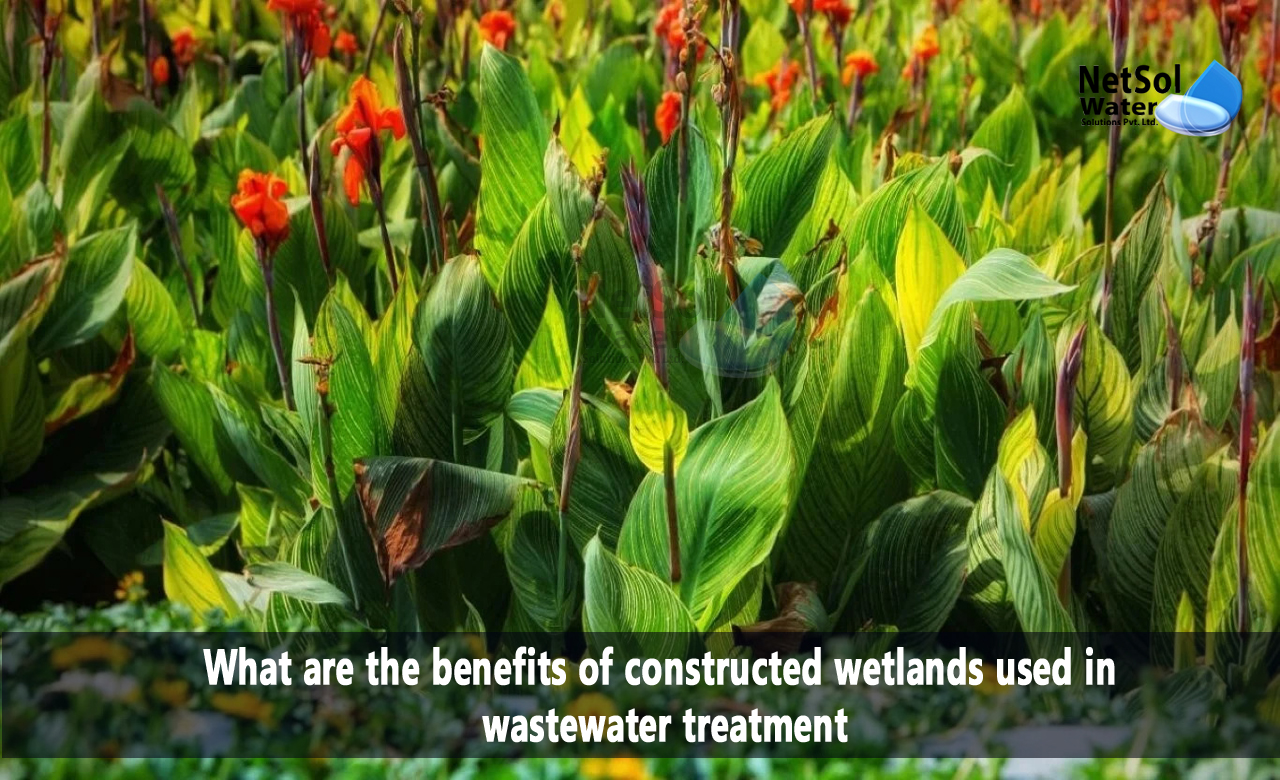Multiple benefits are offered by constructed wetlands for the treatment of wastewater. This increases their attractiveness to a wider range of groups, including engineers and those interested in the operation of wastewater treatment facilities, as well as environmentalists and recreationists.
The efficient operation of constructed wetlands can benefit a variety of groups, unlike some water concerns where benefits to one party outweigh disadvantages to another.
What are the benefits of constructed wetlands in wastewater treatment?
1. Less expensive as compared to other wastewater treatment methods: Constructed wetlands typically cost less to construct than other treatment alternatives, because they don't rely on concrete and steel.
2. Effective Method: Additional benefits are promised by constructed wetlands treatment techniques and processes. Natural mechanisms are good in treating wastewater, according to research. Furthermore, using low-tech techniques would not require any brand-new, sophisticated technological equipment. The primary players in the process are plants and microbes.
3. Low operational and maintenance cost: Another benefit of artificial wetlands is that they can be less expensive to operate and maintain, than traditional treatment facilities.
Constructed wetland facilities can survive with sporadic on-site work, rather than constant-full-time attention, requiring less energy and resources.
Salient features of constructed wetlands
Constructed wetlands in the state are causing wetlands regions to expand. In India, natural wetlands are currently considered an endangered species. Hence, the constructed wetlands are:
1. Cost-effective in terms of construction, maintenance, and operation;
2. Simply eliminates certain metals or contaminants from mining and industry, as well as wastewater from human waste, agricultural runoff, storm water, and other sources;
3. Employs technology that is simple to use and comprehend;
4. The operations take less energy;
5. Makes water ready for reuse;
6. Contributes to managing surface water and groundwater levels;
7. Contributes to the preservation of the environment, by supplying a home for plants and animals;
8. Serves as a container for storing water;
9. Appealing aesthetic surroundings.
Manufacturer of effective wastewater treatment systems!
Netsol Water is much more than just a developer of effective wastewater treatment systems, because it mimics the natural processes that take place in wetland environments.
We have a portion of the actual thing: a working wetland, a location with access to water, and emergent flora that is appealing to a variety of creatures. Many artificial wetlands include environmental attractions as a key component.
Some of the other benefits include:
1. It facilitates wastewater reuse and recycling.
2. It tolerates fluctuations in water flow.
3. It provides a habitat for wetland organisms.
4. It can be constructed harmoniously into the landscape.
5. It is an environmentally sensitive approach.
Conclusion
Constructed wetlands are created without disrupting other aquatic sources, since they are built on uplands and away from floodplains. To accomplish the appropriate hydraulic flow patterns, the building process includes excavation, backfilling, grading, diking, and the installation of water control devices.
What do we offer?
Constructed wetlands in wastewater treatment may be the greatest option for your industry to treat wastewater! Each system is customized by Netsol Water to meet the requirements of the customer.
The first step is to determine how much water you need and how good your water is.
For further information or to make a purchase, please contact us at +91-9650608473 or enquiry@netsolwater.com



